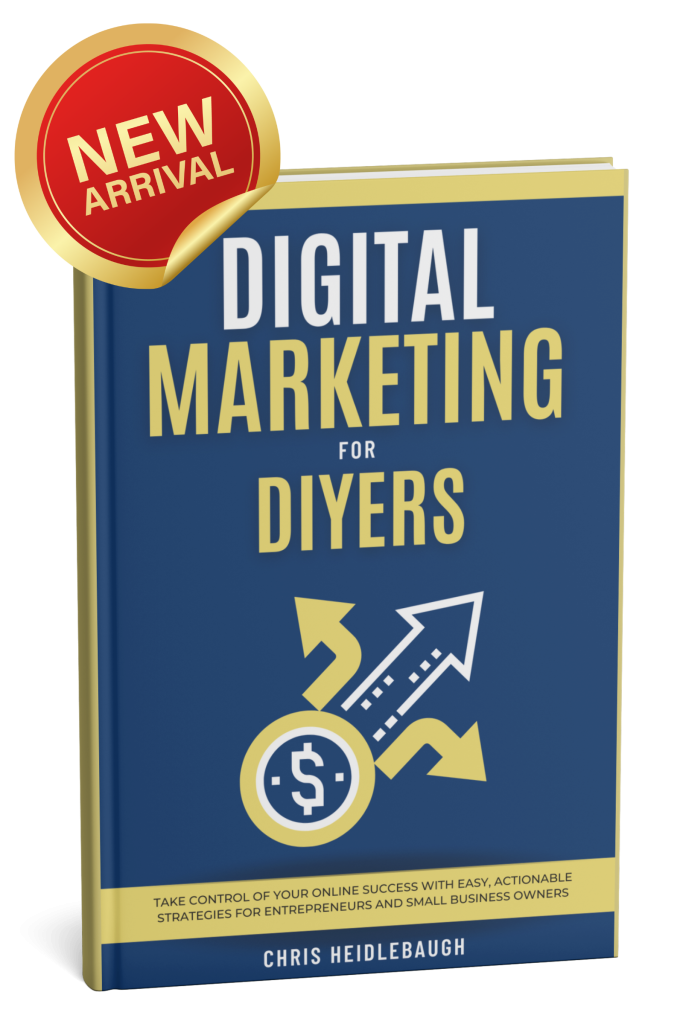Your website could be costing you valuable customers. Outdated design, slow loading times, and confusing navigation can drive away nearly 40% of visitors. To fix this, modernize your site's aesthetic and guarantee intuitive navigation. Implement clear calls to action that encourage engagement, and prioritize mobile responsiveness, as over half of users access sites on their phones. Regularly updating your content also fosters trust and keeps users returning. By addressing these critical areas, you can greatly enhance user experience and retention. Discover the essential strategies that can transform your site and boost your customer engagement.
Identify Customer Loss Sources
When considering the myriad factors that contribute to customer loss, it becomes evident that an outdated website design can considerably undermine user engagement.
An unattractive layout can drive away 38% of visitors, while a slow website—taking longer than 3 seconds—can result in a staggering 40% abandonment rate.
As the first impression potential customers have of your business, a website must facilitate easy navigation, allowing users to find what they're looking for without frustration.
Moreover, the absence of clear calls to action (CTAs) can hinder conversion rates, as 70% of small business websites lack effective CTAs.
Investing in professional web design is essential to enhance user experience and guarantee your website is not costing you customers.
Improve Navigation and User Experience
An outdated website design not only deters potential customers but also highlights the critical importance of improving navigation and user experience.
Confusing navigation structures can increase bounce rates by 70%, as users struggle to locate information quickly. A clear, intuitive navigation system enhances user satisfaction by up to 83%, prompting visitors to explore important pages more freely.
Ensuring that users can access key content within one or two clicks is essential for a seamless experience. Consistent labeling and layout can reduce user frustration by 50%, fostering comfort during site navigation.
Ultimately, implementing an effective navigation strategy can lead to a 20% increase in conversion rates, as satisfied users are more inclined to complete their desired actions on your website.
Enhance Calls to Action
Captivate your visitors with compelling calls to action (CTAs) that drive engagement and conversions. To enhance calls to action effectively, utilize action-oriented language, such as "Sign Up Now" or "Get Your Free Quote," which can boost conversion rates by up to 200%.
Positioning these CTAs above the fold guarantees maximum visibility, increasing click-through rates by 50%. Employ contrasting colors to make them visually appealing and stand out, raising user interaction by 30%.
Incorporating urgency, like "Limited Time Offer," can elevate conversions by 30%. Regularly updating CTAs keeps your digital storefront fresh and relevant, leading to a 40% increase in user interaction.
Optimize Loading Speed
A seamless user experience hinges greatly on your website's loading speed. Slow loading times can markedly impact your conversion rates, with nearly 40% of users likely to bounce off websites that take longer than three seconds to load.
To optimize loading speed, consider compressing images, which can reduce load times by 50% without sacrificing quality. Additionally, leveraging browser caching guarantees returning visitors experience faster access to frequently used resources.
Implementing a Content Delivery Network (CDN) can also enhance performance by distributing content globally. Regularly testing your website's speed with tools like Google PageSpeed Insights will help identify bottlenecks, allowing you to maintain a User-Centered Design that can effectively convert visitors into loyal customers.
Don't let a slow website be the reason you lose potential clients.
Ensure Mobile-Friendliness
As mobile devices account for over 50% of global web traffic, ensuring that your website is mobile-friendly is no longer optional but vital for retaining visitors and potential customers.
To keep visitors engaged, it's important to optimize your website with a mobile-friendly design that is easy to navigate. A responsive design automatically adjusts all elements—images, buttons, and text—to fit any screen size, enhancing usability for mobile users.
Additionally, remember that visitors might abandon a site that takes more than three seconds to load on mobile. Google also prioritizes mobile-friendly websites in search rankings, so neglecting this aspect can diminish your site's visibility.
Embrace mobile-friendliness to keep visitors coming back and boost your business success.
Update Content Regularly
While maintaining a static website may seem convenient, regularly updating content is essential for keeping your audience engaged and enhancing your online visibility. A website is your digital storefront; fresh content not only helps visitors find the information they seek but also boosts your SEO performance, increasing the likelihood of being indexed by search engines. Engaging updates—like case studies or testimonials—can foster loyalty and encourage repeat visits. Without regular updates, you risk driving customers away, as a stale site may suggest inactivity. Consider the following benefits of updating your content regularly:
| Benefit | Impact |
|---|---|
| Increased Engagement | 55% more visitor interaction |
| Improved SEO Performance | 434% more likely to be indexed |
| Enhanced Trust | Influences 79% of purchasing decisions |
| Encouraged Repeat Visits | Fosters customer loyalty |
Build Trust and Credibility
Regular content updates not only keep your audience engaged but also play a significant role in building trust and credibility with potential customers.
To effectively build trust, incorporate customer testimonials and case studies, as they provide essential social proof that 79% of clients seek. Display security badges and certifications prominently, since 85% of consumers prioritize security when interacting online.
Guarantee your contact details are clear and accessible on every page; 70% of users feel more confident when they can easily reach you. Additionally, avoid an outdated design—38% of users disengage from such websites.
A professional "About Us" page that shares your story and values can create personal connections, making 50% of consumers more likely to engage with your brand.
Simplify Forms
Streamlining your website's forms is essential for maximizing conversion rates and enhancing user experience. Overcomplicated forms can lead to user frustration and significant drops in submissions. To simplify forms effectively, focus on essential information and reduce cognitive load. Below is a table outlining strategies to optimize your forms:
| Strategy | Benefit | Implementation |
|---|---|---|
| Limit Field Count | Increases conversion rates | Only ask for necessary info |
| Combine Fields | Reduces cognitive load | Use single fields for names |
| Add Progress Indicator | Encourages completion | Show users how much is left |
| A/B Testing | Boosts user engagement | Test different layouts |
Reduce Distractions
To enhance user experience and improve conversion rates, it is essential to address not only the complexity of forms but also the distractions present on a website.
To reduce distractions, make sure to eliminate excessive pop-ups and irrelevant sidebars that frustrate visitors. A cluttered layout can confuse users, leading to a significant drop in engagement with primary content and calls to action.
By streamlining user experience with clear content that guides visitors toward their desired actions, you can improve retention of key messages and boost conversion rates by as much as 30%.
Emphasizing focused, concise information helps avoid common website pitfalls and fosters an environment where users feel satisfied, ultimately increasing their likelihood of completing desired tasks.
Modernize Website Design
As the digital landscape continues to evolve, modernizing your website design is no longer a luxury but a necessity for maintaining user engagement and driving conversions.
With 94% of first impressions being design-related, a professional appearance is critical for retaining customers. Implementing responsive design is vital, as over 50% of web traffic originates from mobile devices.
High-quality visuals and clean layouts can enhance conversion rates by up to 80%, as users are more inclined to trust visually appealing websites. Regular updates not only improve credibility but also address the 38% of users who disengage from unattractive sites.
Utilizing user-friendly content management systems (CMS) guarantees your design remains fresh, contemporary, and aligned with audience expectations.
Modernize your website to captivate and convert.
Final Thoughts
In an era where digital presence dictates business success, a poorly designed website ironically serves as a barrier to customer engagement. The irony lies in the fact that a platform intended to attract clients may inadvertently repel them instead. Implementing strategic improvements can transform this digital liability into an asset, fostering user satisfaction and loyalty. Ultimately, addressing these concerns not only enhances user experience but also positions the business favorably in an increasingly competitive landscape.










